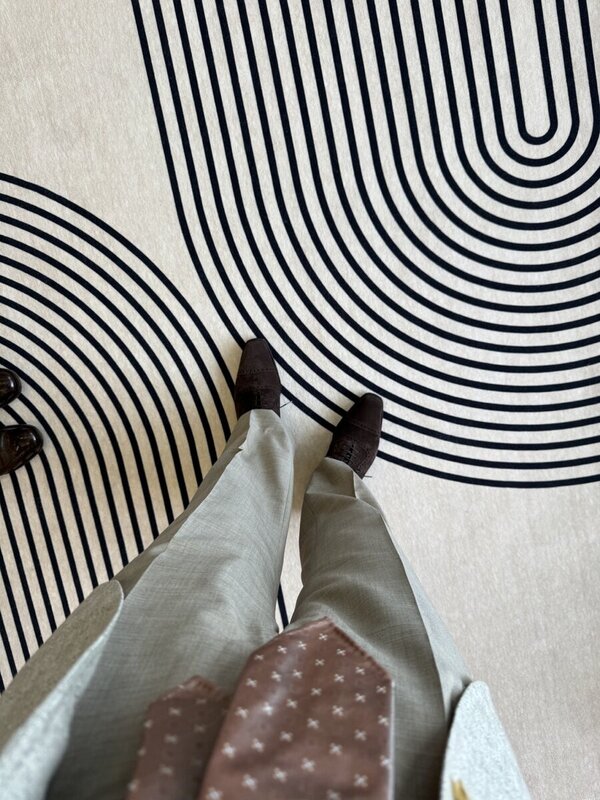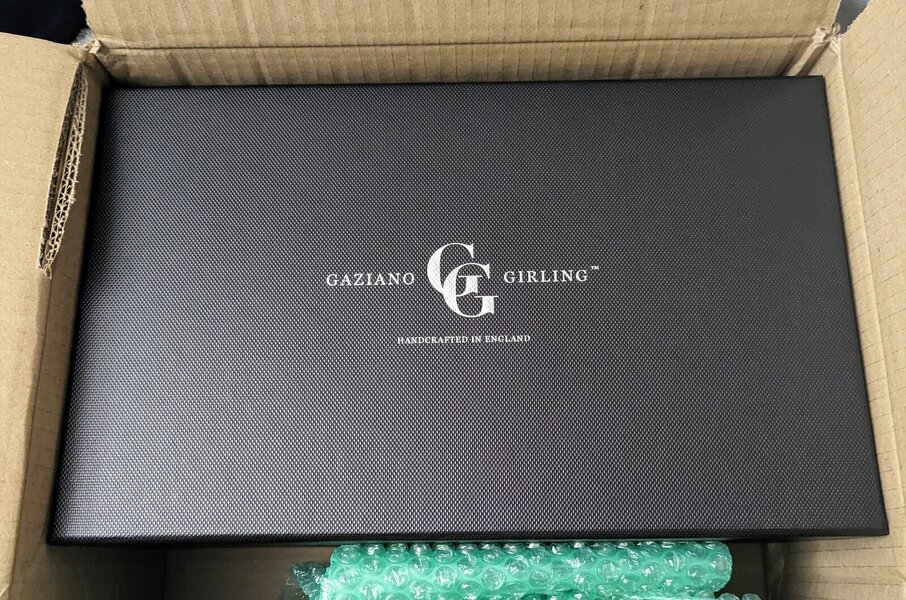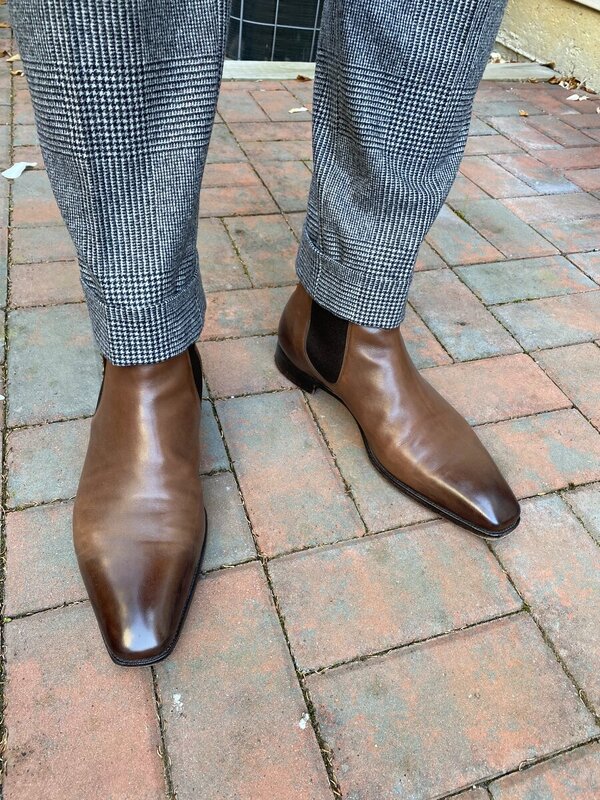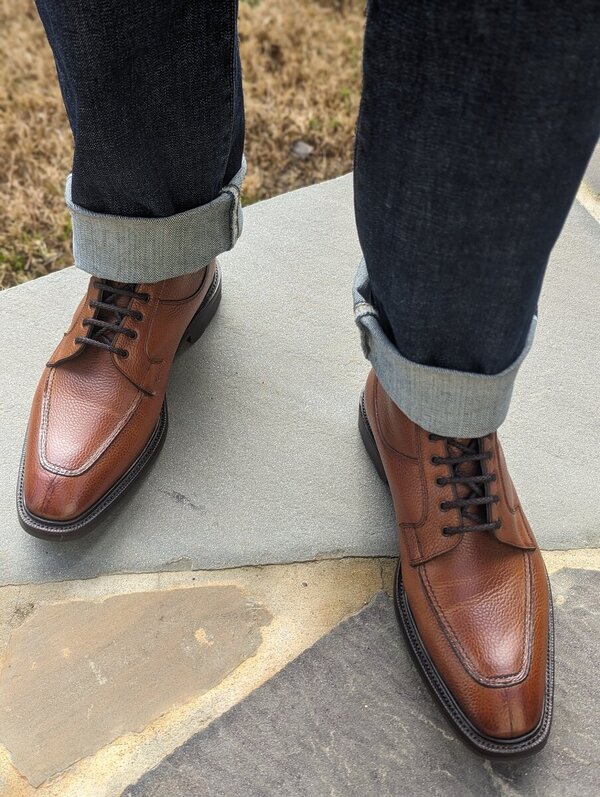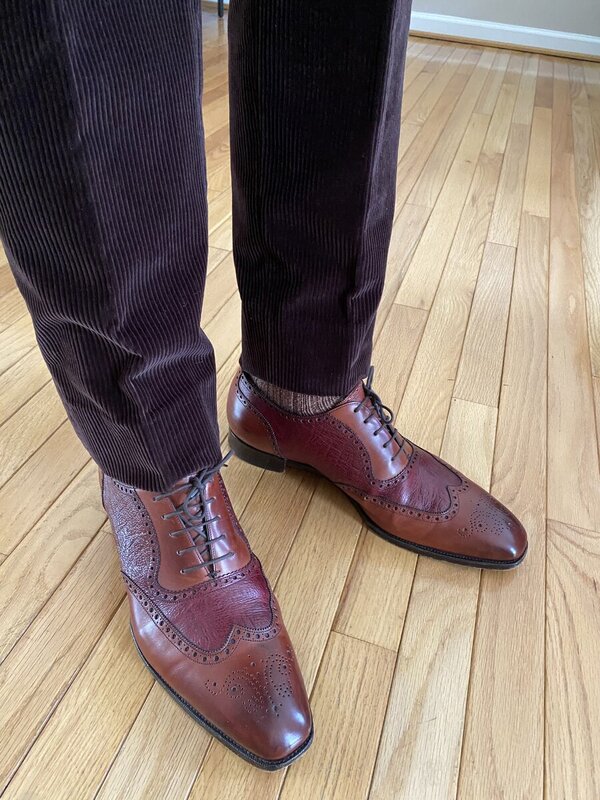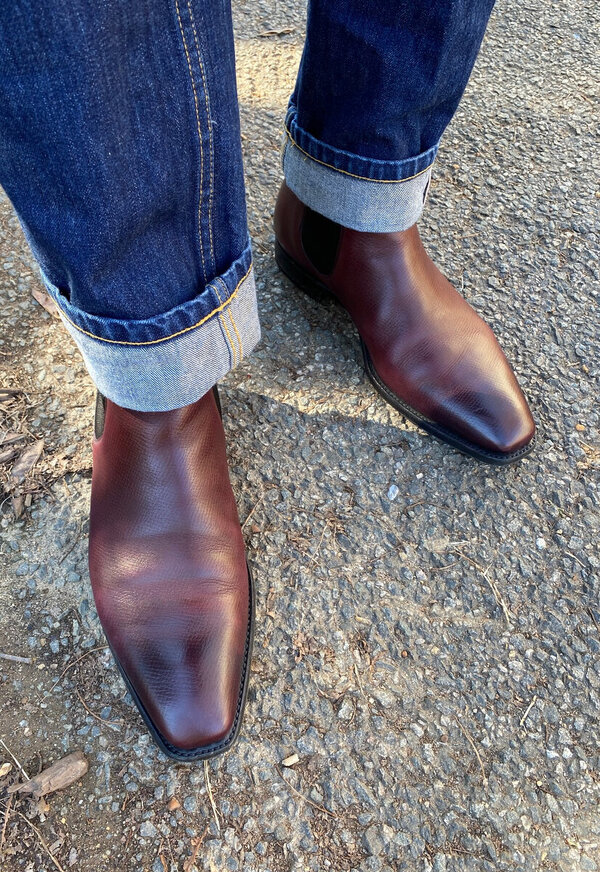mimo
Pernicious Enabler
- Joined
- Aug 16, 2012
- Messages
- 7,725
- Reaction score
- 5,256
^^^ Stitchy, that's a common problem with channeled soles. Just glue them back down.
Pardon my naivety here: why would channeled soles have any bearing on this? Are you saying it's standard practice for some makers to laminate an extra thin layer over their channeled soles?
My understanding was that channeled soles always open eventually. I didn't realise some makers actually covered up the whole sole. That kind of feels like cheating - sticking on an extra layer to cover them, really?!
Last edited:















